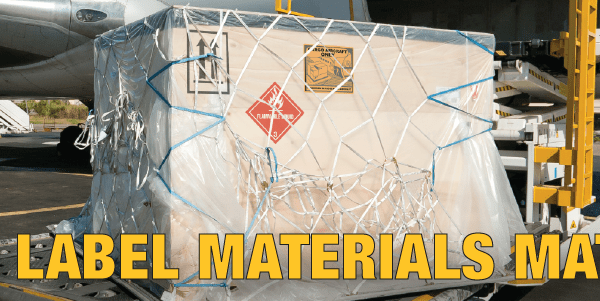Despite the publicity and awareness campaigns around the labels, SDS and classification aspects of WHMIS 2015, there are a few administrative areas that shouldn’t be overlooked.
These elements of the Hazardous Products Act (HPA) and Regulations (HPR) are not related to GHS, but deal with aspects that are important to those with Supplier obligations.
Some of these have become fairly common knowledge (e.g. Canadian supplier, including same supplier on label/SDS, etc.); others have not been widely discussed.
Document Creation/Retention – HPA 14.3
Every Supplier selling (more on this later) or importing a hazardous product for use, handling or storage in a Canadian work place must maintain a “true copy” of both the SDS and label relating to the product at the time of import or sale.
Note the phrase “true copy” does not include the word “certified”- so presumably they don’t need to be notarized – but I’ll leave that for the lawyers in the audience to comment on.
This section also requires the Supplier to create and maintain documented records of the:
- Source (name/address, date and quantity) of the hazardous product obtained from others (e.g. manufacturers);
- location and monthly quantities of sales (“transfer of ownership or possession) of the hazardous product
The Act requires that all of the documents referenced above be kept for 6 years following the end of the year they relate to- unless the Minister prescribes a different period.
Also the documents must be maintained at the Supplier’s place of business in Canada and be provided to the Minister or an inspector on written request.
The Minister may require the retention at other places- or grant an exemption from retaining them in Canada.
Testing – HPA 20
WHMIS 2015, like WHIMS 1988, does not make testing mandatory to establish the status/classification of a potentially hazardous product.
However, the Minister has the authority “on reasonable grounds” to order, in writing, that testing be done by a seller or importer to verify compliance. The results of testing or other documentation so required cannot be used to incriminate a person in proceedings under the HPA/HPR- HPA 30.1.
Sellers – HPA 2
The definition of “sell” (a Supplier is anyone who “sells or imports”) has been expanded in WHMIS 2015 to include transfer of possession, whether or not consideration is received. In addition to offering for sale, anyone having “possession for sale, etc.” is also considered selling.
Although the WHMIS Reference Manual (WHMIS 1988) guidance expanded on the intent of the meaning, the actual regulatory text in the previous version of the HPA was not as explicit.
Workplace Wrinkles?
There probably will be additional items incorporated into work place regulations under the jurisdiction of the Federal Labour codes, provincial and territorial (FPT) agencies. Things like hazard communication for wastes (exempt under HPA 12) and proactive follow-up by employers on “aged” SDS may be covered in FPT based on published and proposed workplace regulations- a topic for a future Blog….





